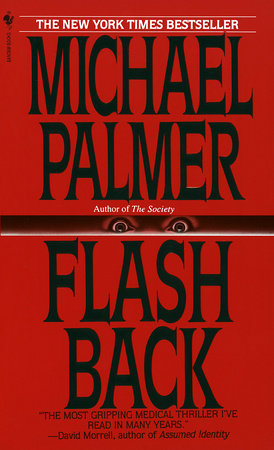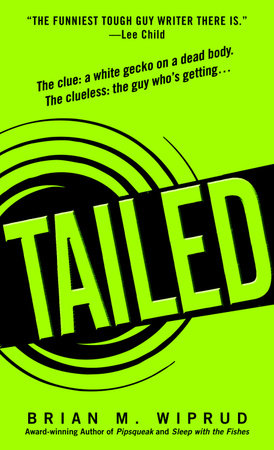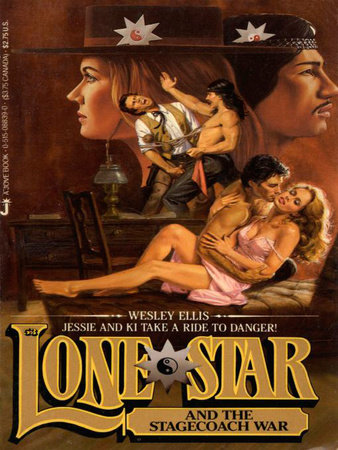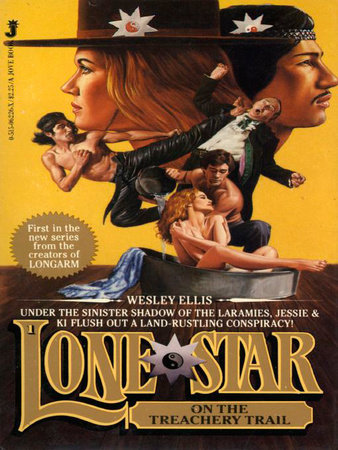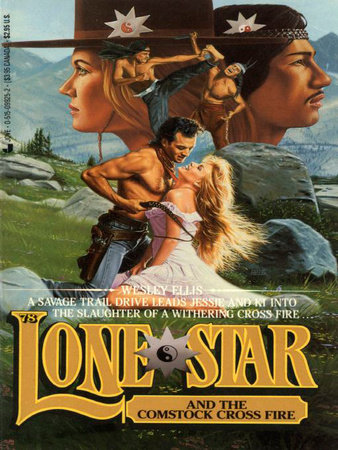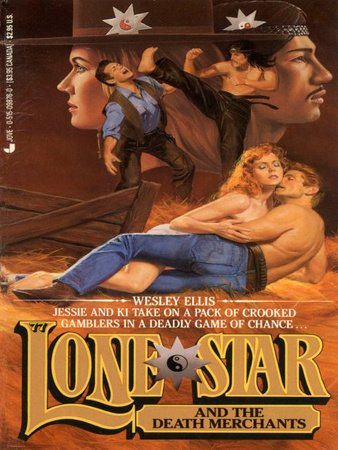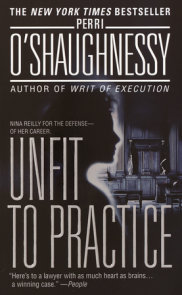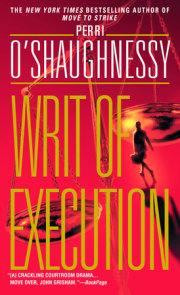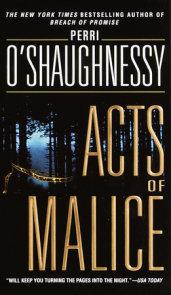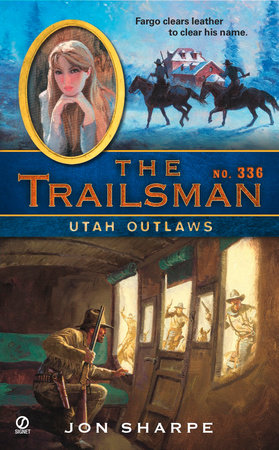Author Q&A
We asked Lake Tahoe attorney Beth Melvin what she’d ask Perri O’Shaughnessy if given the opportunity. Here’s what she said:
Beth Melvin: It’s hard for me to believe that I’ve been following the legal and personal adventures of Nina Reilly going on ten books now. As a heroine, she gets more interesting with each new installment. How you do keep this woman—first introduced as a determined but struggling single mother with a touch-and-go law practice in Lake Tahoe—so fresh and interesting?
Perri O’Shaughnessy: We planned from the beginning to make Nina a developing character. She started as a rather inexperienced, not-very-savvy young lawyer in Motion to Suppress who makes a big legal mistake. As she learned how to handle murder cases, her judgment got better and we think the readers enjoyed watching her learn through experience.
We also let the people around Nina develop. Her son, Bob, has gone from child to teenager. Sandy, her secretary, has taken a leave of absence and a Washington political job, and gotten married. Paul, too, has changed his attitudes since making his own mistakes, like the time he broke his leg in a road rage episode.
But the real secret is that we have taken Nina through ten years of our lives (ten books), and compressed ten years of experiences into about three. So, in addition to taking on way too many trials, Nina has divorced, re-married, been widowed, and fallen in love again. She moves fast—that’s why she’s interesting.
BM: As a lawyer myself, I find it surprising that there seem to be no other women writing about women lawyers. Sara Paretsky’s V.I Warshawski and Sue Grafton’s Kinsey Millhone are both PIs. John Grisham and Scott Turow are obviously males, and though they do write about lawyers, their characters are male. Any theories on why this might be?
PO: Actually, there are quite a few. Kate Wilhelm has a woman lawyer character. Linda Fairstein, an experienced trial attorney, uses women lawyers. Of course, there are still a lot more men lawyers out there who are turning to writing books, so it’s natural that we’d still have more male lawyer characters. Women lawyers are more fun, though, because they are outsiders from the get-go, and their personal lives are far more conflicted in general.
BM: When I read your first book, Motion to Suppress, I was immediately struck by how well you portrayed the “old boys network” that so many women lawyers experience. Was it cathartic to write about Nina’s experience as a female lawyer in Tahoe?
PO: Sure! It’s real, it’s ongoing, and many women still feel like outsiders. The “ah-ha” moments come every week—realizing the (male) judge just doesn’t feel comfortable chatting with you, that you have to have meetings rather than informal get-togethers at lunch or dinner because you or the (male) lawyer are married, sitting in the Court of Appeals under a dozen portraits of (male) justices, knowing you didn’t get the client referral because the (male) lawyer isn’t a buddy.
It gets discouraging. Some women lawyers become “old boys”—it can be done.
Some get bitter and drink a lot. Some accept that they’ll always be on the fringes.
We’re talking about the Law of the Father here, law enforced, made, and interpreted primarily by men. When Pam went to law school, Harvard had just made the switch from a 2% quota for women to 13% women. But once the floodgates opened, women showed themselves to be outstanding students and lawyers. Pam would say women have a natural edge in both verbal facility and human understanding which is gradually lightening the heavy-jawed, bristle-browed face of the law. Meantime, we enjoy making fun of the situation!
BM: As a lawyer in Tahoe, I know when you’ve taken poetic license with some of your locales. How much freedom do you feel you have when adapting what you know?
PO: Good question. We want to be authoritative and show we know the town and area, and even to tip our hats to some of our favorite restaurants, clubs, and places. But if we’re going to show a crime in a location, or accuse an employee of a business, for instance, of the crime, we make up the name. So we have Paul staying at Caesars, a real club at South Lake Tahoe, but we made up a casino/hotel called Prize’s so the dirt could go down there.
We admit we did have some bodies buried at the real fire lookout at Angora Ridge in Invasion of Privacy, and some readers have gone there and written of their disappointment at not finding a dank sinister basement under it! Other readers have taken their vacation at Tahoe and enjoyed going around to Nina’s haunts, so we keep as much as we can real.
BM: You’ve spoken in previous interviews about what it is like to write as a team, and as sisters living in different states. (Readers, please visit www.perrio.com and www.perrioshaughnessy.com to learn more.) How have your collaborative efforts evolved and changed over time?
PO: Since we have always gotten along well and done things together (we’re best friends), writing books together was not a big stretch. Over time we have developed more trust in each other, learned to hold our tongues better when we disagree, and gotten even closer. We feel lucky to have found a way to remain close as adults, no matter where we live.
BM: What scene in one of your own books are you most surprised you wrote? Why?
PO: Pam says it’s the one in, we think, Move to Strike, when Nina removes her coat in Paul’s hotel room to reveal . . . more we cannot say. Must have been a long-buried erotic fantasy surfacing. In Presumption of Death, we were surprised at how much fun we had with the lap-dancing scene. In Acts of Malice, our brother went over the climactic scene of the killer’s death and helped us make it truly scary, better than we could have done on our own. In Unlucky in Law, our forthcoming book, we were amazed to find out that the person we thought was the killer all the way through wasn’t! We’re often surprised by how our careful outlines change as we fall into the story and it takes us where it’s going.



